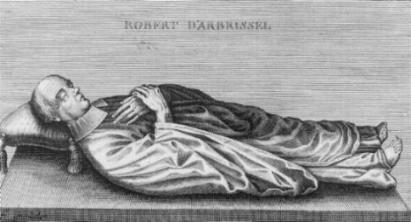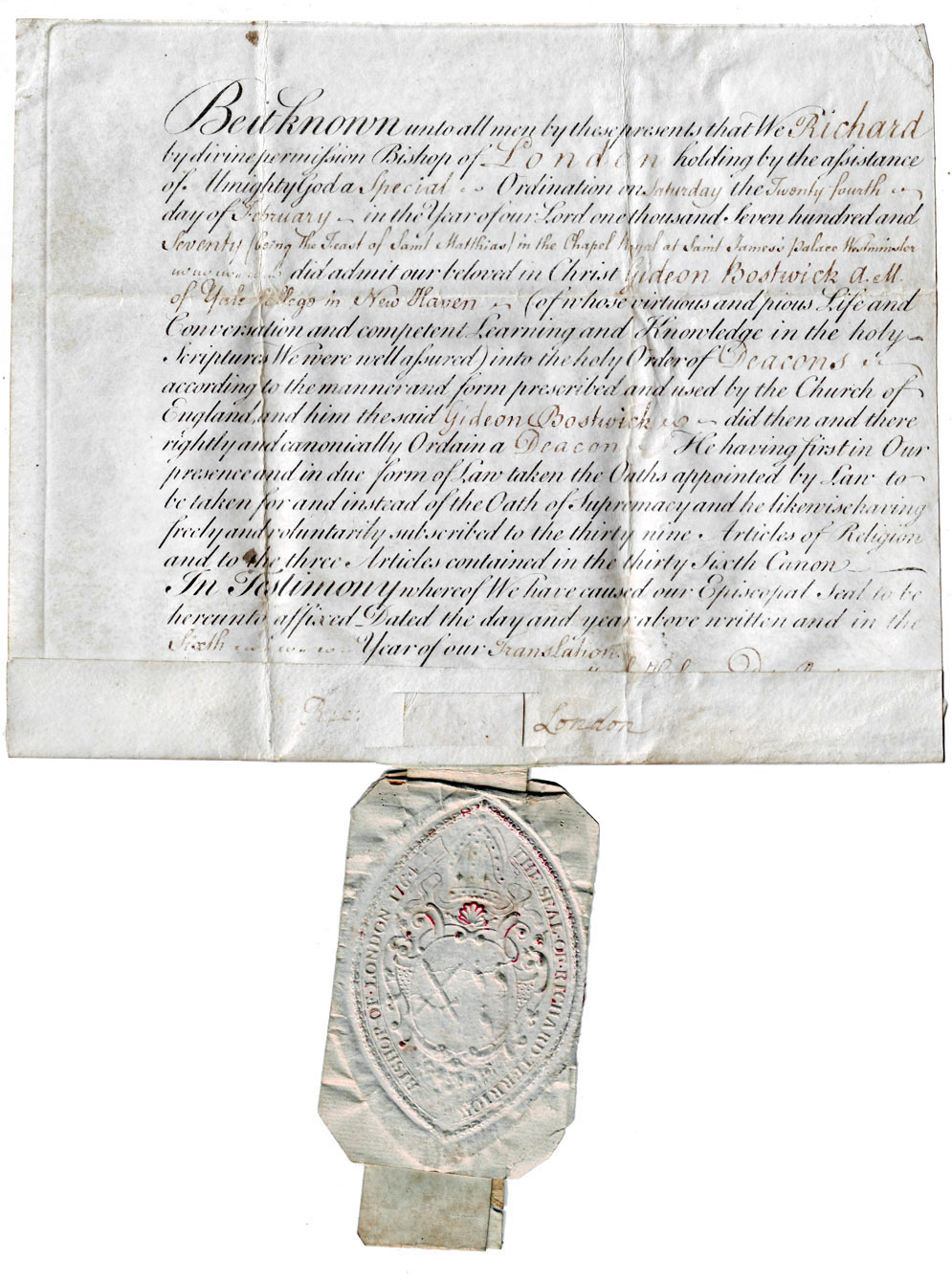|
Amesbury Priory
Amesbury Priory was a Benedictine monastery at Amesbury in Wiltshire, England, belonging to the Order of Fontevraud Abbey, Fontevraud. It was founded in 1177 to replace the earlier Amesbury Abbey, a Saxon foundation established about the year 979. The Anglo-Norman Amesbury Priory was disbanded at the Dissolution of the monasteries and ceased to exist as a monastic house in 1539. While the earlier Amesbury Abbey had been exclusively a nunnery or house of women, its successor, Amesbury Priory, following the particular structures of its parent Order of Fontevraud, was both a convent of nuns and a corresponding monastery of men. Both were governed locally by a prioress and ultimately by the Abbess of Fontevraud, in Duchy of Anjou, Anjou, part of the territories in what is now France that were then ruled by the English royal house. Nothing remains of the priory above ground, its site having been used for a mansion which re-uses the name Amesbury Abbey (house), Amesbury Abbey. Founda ... [...More Info...] [...Related Items...] OR: [Wikipedia] [Google] [Baidu] |
Fontevraud Abbey
The Royal Abbey of Our Lady of Fontevraud or Fontevrault (in French: ''abbaye de Fontevraud'') was a monastery in the village of Fontevraud-l'Abbaye, near Chinon, in the former French Duchy of Anjou. It was founded in 1101 by the itinerant preacher Robert of Arbrissel. The foundation flourished and became the centre of a new monastic Order, the Order of Fontevraud. This order was composed of double monastery, double monasteries, in which the community consisted of both men and women — in separate quarters of the abbey — all of whom were subject to the authority of the Abbess of Fontevraud. The Abbey of Fontevraud itself consisted of four separate communities, all managed by the same abbess. The first permanent structures were built between 1110 and 1119.Melot (1971) The area where the Abbey is located was then part of what is sometimes referred to as the Angevin Empire. The king of England, Henry II of England, Henry II, his wife, Eleanor of Aquitaine, and their son, King Ric ... [...More Info...] [...Related Items...] OR: [Wikipedia] [Google] [Baidu] |
Domesday Book
Domesday Book ( ; the Middle English spelling of "Doomsday Book") is a manuscript record of the Great Survey of much of England and parts of Wales completed in 1086 at the behest of William the Conqueror. The manuscript was originally known by the Latin name , meaning "Book of Winchester, Hampshire, Winchester", where it was originally kept in the royal treasury. The ''Anglo-Saxon Chronicle'' states that in 1085 the king sent his agents to survey every shire in England, to list his holdings and dues owed to him. Written in Medieval Latin, it was Scribal abbreviation, highly abbreviated and included some vernacular native terms without Latin equivalents. The survey's main purpose was to record the annual value of every piece of landed property to its lord, and the resources in land, labour force, and livestock from which the value derived. The name "Domesday Book" came into use in the 12th century. Richard FitzNeal wrote in the ( 1179) that the book was so called because its de ... [...More Info...] [...Related Items...] OR: [Wikipedia] [Google] [Baidu] |
Gerald Of Wales
Gerald of Wales (; ; ; ) was a Cambro-Norman priest and historian. As a royal clerk to the king and two archbishops, he travelled widely and wrote extensively. He studied and taught in France and visited Rome several times, meeting the Pope. He was nominated for several bishoprics but turned them down in the hope of becoming Bishop of St Davids, but was unsuccessful despite considerable support. His final post was as Archdeacon of Brecon, from which he retired to academic study for the remainder of his life. Much of his writing survives. Life Early life Born at Manorbier Castle in Pembrokeshire, Wales, Gerald was of mixed Norman and Welsh descent. Gerald was the youngest son of William Fitz Odo de Barry (or Barri), the common ancestor of the De Barry family of Barry, Glamorganshire, who subsequently invaded Ireland, a retainer of Arnulf de Montgomery and Gerald de Windsor, and one of the most powerful Anglo-Norman barons in Wales. His mother was Angharad FitzGerald, ... [...More Info...] [...Related Items...] OR: [Wikipedia] [Google] [Baidu] |
Bishop Of Worcester
The Bishop of Worcester is the Ordinary (officer), head of the Church of England Anglican Diocese of Worcester, Diocese of Worcester in the Province of Canterbury, England. The title can be traced back to the foundation of the diocese in the year 680. From then until the 16th century, the bishops were in full communion with the Catholic Church. During the English Reformation, Reformation, the church in England broke away from the authority of the Pope and the Catholic Church, at first temporarily and later more permanently. Since the Reformation, the Bishop and Diocese of Worcester has been part of the Church of England and the Anglican Communion. The diocese covers most of the county of Worcestershire, including the Metropolitan Borough of Dudley and parts of the City of Wolverhampton. The Episcopal see is in the city of Worcester, England, Worcester where the Cathedra, bishop's throne is located at the Worcester Cathedral, Cathedral Church of Christ and the Blessed Virgin Ma ... [...More Info...] [...Related Items...] OR: [Wikipedia] [Google] [Baidu] |
Bishop Of Exeter
The Bishop of Exeter is the Ordinary (officer), ordinary of the Church of England Diocese of Exeter in the Province of Canterbury. The current bishop is Mike Harrison (bishop), Mike Harrison, since 2024. From the first bishop until the sixteenth century the Bishops of Exeter were in full communion with the Roman Catholic Church. However, during the English Reformation, Reformation the Church of England broke away from the authority of the Pope and the Roman Catholic Church, at first temporarily and later more permanently. Since the Reformation, the Bishop and Diocese of Exeter has been part of the reformed and catholic Church of England. The bishop's residence is Bishop's Palace, Exeter, The Bishop's Palace, Exeter. History Roman episcopal organization survived the fall of the Roman Empire in south-western Britain, which became the British kingdom of Dumnonia. In about 700, Aldhelm, abbot of Malmesbury wrote a letter to Geraint of Dumnonia, King Geraint of Dumnonia and his bish ... [...More Info...] [...Related Items...] OR: [Wikipedia] [Google] [Baidu] |
Bishop Of London
The bishop of London is the Ordinary (church officer), ordinary of the Church of England's Diocese of London in the Province of Canterbury. By custom the Bishop is also Dean of the Chapel Royal since 1723. The diocese covers of 17 boroughs of Greater London north of the Thames, River Thames (historically the City of London and the County of Middlesex) and a small part of the County of Surrey (the district of Borough of Spelthorne, Spelthorne, historically part of Middlesex). The Episcopal see, see is in the City of London, where the seat is St Paul's Cathedral, which was founded as a cathedral in 604 and was rebuilt from 1675 following the Great Fire of London (1666). Third in seniority in the Church of England after the archbishops of Archbishop of Canterbury, Canterbury and Archbishop of York, York, the bishop is one of five senior bishops who sit as of right as one of the 26 Lords Spiritual in the House of Lords (for the remaining diocesan bishops of lesser rank, seats are ... [...More Info...] [...Related Items...] OR: [Wikipedia] [Google] [Baidu] |
Archbishop Of Canterbury
The archbishop of Canterbury is the senior bishop and a principal leader of the Church of England, the Primus inter pares, ceremonial head of the worldwide Anglican Communion and the bishop of the diocese of Canterbury. The first archbishop was Augustine of Canterbury, the "Apostle to the English", who was sent to England by Pope Gregory the Great and arrived in 597. The position is currently vacant following the resignation of Justin Welby, the List of Archbishops of Canterbury, 105th archbishop, effective 7 January 2025.Orders in Council, 18 December 2024, page 42 During the vacancy the official functions of the office have been delegated primarily to the archbishop of York, Stephen Cottrell, with some also undertaken by the bishop of London, Sarah Mullally, and the bishop of Dover, Rose Hudson-Wilkin. From Augustine until William Warham, the archbishops of Canterbury were in full communion with the Catholic Church and usually received the pallium from the pope. During the ... [...More Info...] [...Related Items...] OR: [Wikipedia] [Google] [Baidu] |
Pope Alexander III
Pope Alexander III (c. 1100/1105 – 30 August 1181), born Roland (), was head of the Catholic Church and ruler of the Papal States from 7 September 1159 until his death in 1181. A native of Siena, Alexander became pope after a Papal election, 1159, contested election, but had to spend much of his pontificate outside Rome while several rivals, supported by Holy Roman Emperor Frederick I Barbarossa, claimed the papacy. Alexander rejected Byzantine Emperor Manuel I Komnenos' offer to end the East–West Schism, sanctioned the Northern Crusades, and held the Third Council of the Lateran. He canonized Thomas Becket and Bernard of Clairvaux. The city of Alessandria in Piedmont is named after him. Early life and career Rolando was born in Siena. From the 14th century, he was referred to as a member of the aristocratic family of Bandinelli, although this has not been proven. He was long thought to be the 12th-century canon lawyer and theologian Master Roland of Bologna, who composed t ... [...More Info...] [...Related Items...] OR: [Wikipedia] [Google] [Baidu] |
Papal Bull
A papal bull is a type of public decree, letters patent, or charter issued by the pope of the Catholic Church. It is named after the leaden Seal (emblem), seal (''bulla (seal), bulla'') traditionally appended to authenticate it. History Papal bulls have been in use at least since the 6th century, but the phrase was not used until around the end of the 13th century, and then only internally for unofficial administrative purposes. However, it had become official by the 15th century, when one of the offices of the Apostolic Chancery was named the "register of bulls" ("''registrum bullarum''"). By the accession of Pope Leo IX in 1048, a clear distinction developed between two classes of bulls of greater and less solemnity. The majority of the "great bulls" now in existence are in the nature of confirmations of property or charters of protection accorded to monasteries and religious institutions. In an era when there was much fabrication of such documents, those who procured bulls ... [...More Info...] [...Related Items...] OR: [Wikipedia] [Google] [Baidu] |
Fontevraud
Fontevraud-l'Abbaye () is a commune in the western French department of Maine-et-Loire. It is situated both in the Loire Valley, a UNESCO World Heritage Site between Chalonnes-sur-Loire and Sully-sur-Loire, and the Loire Anjou Touraine French regional natural park. Notable buildings * The royal abbey of Fontevraud * Saint Catherine's chapel with its lantern of the dead * Chapelle Notre-Dame-de-Pitié (chapel of Our Lady of Compassion) * Église Saint-Michel (church of St Michael) See also *Communes of the Maine-et-Loire department The following is a list of the 176 communes of the Maine-et-Loire department of France France, officially the French Republic, is a country located primarily in Western Europe. Overseas France, Its overseas regions and territories includ ... References External links Chateau de Montreuil-Bellay Fontevraudlabbaye Maine-et-Loire communes articles needing translation from French Wikipedia {{MaineLoire-geo-stub ... [...More Info...] [...Related Items...] OR: [Wikipedia] [Google] [Baidu] |




